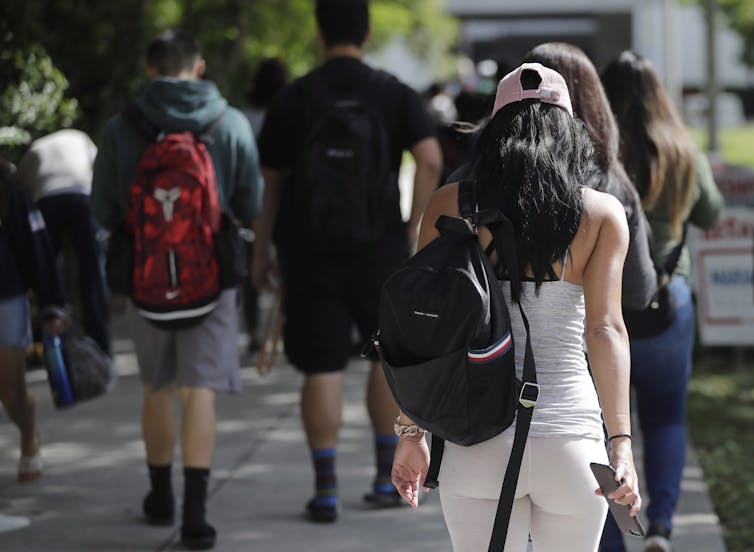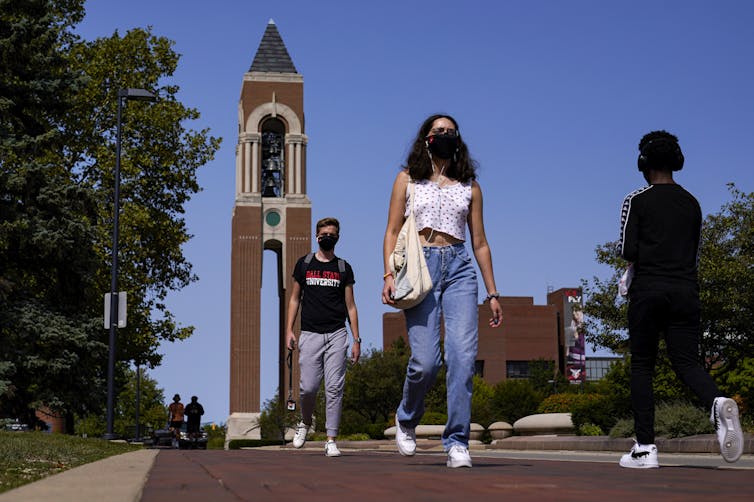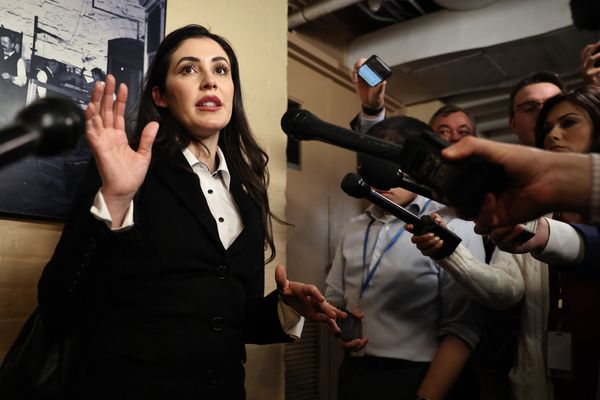
With the launch of ChatGPT to the public, post-secondary institutions are aware of the seismic impact this could have on both the business and art of education.
Educators’ emotions have ranged from intrigue and excitement to panic about massive disruption.
Public access to this large language model (LLM) raises important questions about teaching and learning, including the design of meaningful assessments, the appropriate use of technology, maintaining academic integrity and quality control over education.
There are also broader existential, ethical and equity concerns, such as those raised by AI ethics researcher Timnit Gebru, computational linguist Emily M. Bender and others.
In response to these legitimate concerns, there has been a frenzy of activity from within ivory towers around the world, including faculty meetings, committee formations and policy developments.
Institutions are struggling to keep up with the dizzying speed of AI advancements over the last several months, and what this means for the traditional writing process. Recently, Microsoft announced Microsoft 365 Copilot, an AI writing assistant, which integrates LLM capabilities into products such as Microsoft Word — promising consumers that they’ll “never start with a blank slate again.”
In the race to get ahead of new technologies, are we forgetting about the perspectives of the most important stakeholders within our post-secondary institutions: the students?
Leaving students out of early discussions and decision-making processes is almost always a recipe for ill-fitting, ineffective and/or damaging approaches. The mantra “nothing for us without us” comes to mind here.
Student responses
Let’s remember that young people are far more than passive consumers of educational content and experiences.
They are creative and savvy participants who are eager for high-value educational experiences. Students have sophisticated ideas educators should be attentive to, and are already deeply embedded into the techno-social world.

Our combined experience over the last 15 years includes work in education within kindergarten to Grade 12, post-secondary and non-profit sectors, designing teaching and learning strategies, student engagement policies and programs and curricula.
This work reminds us that post-secondary institutions must resist being swayed by a sense of urgency and giving in to paternalistic impulses in the face of rapid change.
Educators and administrators need to engage students in conversations and decisions regarding AI with a genuine curiosity and openness to their desires, insights, concerns and recommendations.
Accountability and strategic imperative
This is a matter of accountability, but also a strategic imperative for post-secondary institutions interested in staying responsive to the changing educational and post-graduate landscape.
The inconvenient truth is that ChatGPT is rubbing salt into pre-existing wounds in higher education. With the rising costs of post-secondary education, global economic insecurity and technology-enabled access to information, students have already been asking tough questions about the value of their degrees.
This is the second time in three years that higher education has faced a herculean existential challenge, including the transition online during the pandemic. Still, we can afford to slow down enough to ask what these crises and disruptions reveal about higher education. In fact, we can’t afford not to slow down.

Shortcomings, possibilities of higher education
For meaningful answers, we should ask students what the ongoing advancement of AI tells us about both the shortcomings and possibilities of higher education.
What students say might reveal more than simply how to use AI tools in classrooms. They might offer insights into more meaningful, enduring approaches that transform post-secondary institutions and educational practices.
A lot of immediate responses to ChatGPT seem to stem from the assumption that students will jump at the opportunity to use the technology to cheat.
There are undoubtedly risks around plagiarism, and anecdotal accounts suggest some of this has already begun. However, this should provoke curiosity and actions that extend beyond tighter academic integrity policies and smarter plagiarism detection technologies.
New models for education?
We might take this as an opportunity to invite students to discuss their motivations regarding ChatGPT, including why and how they use the tool. We should consider what their motivations reveal about the changing nature of learning and opportunities for new models of post-secondary education.
We are reminded of Brazilian educator Paulo Freire’s seminal work, Pedagogy of the Oppressed, that stressed how treating students as passive recipients of knowledge deprives both students and educators of the promise of education.
As Freire suggests, the promise, hope and possibilities inherent in education demand a meaningful dialogue between educators and students.
Equity lens needed
In this dialogue, post-secondary educators and administrators must also pay attention to how technology always has the potential to repair or worsen equity gaps in education.
Having an equity lens from the outset means post-secondary institutions are paying attention to who technologies are accessible to, who is being served and who is not being served.
Read more: University anti-racism policies: Use shared decision-making to hear BIPOC student insights
We need to engage students in ways that make these dynamics visible to us in real time, so that we can also course correct in real time.
Student-led research, strategic planning
Engaging students is not enough; we need to engage them effectively. This means moving beyond the “token-student-representative-on-a-university-committee” model.
Some promising approaches might include investments in student-led research about the changing nature of teaching and learning, mechanisms for spontaneous and ongoing discussions with students and student-centred institutional strategic planning processes.
The stakes are high, but so are the transformative possibilities.
Higher education should be a time and place where students are called to pay attention to, draw upon and activate their knowledge. They need to be invited to participate in projects dedicated to building a common future — the future of our institutions as well as our broader communities.
The authors do not work for, consult, own shares in or receive funding from any company or organisation that would benefit from this article, and have disclosed no relevant affiliations beyond their academic appointment.
This article was originally published on The Conversation. Read the original article.







